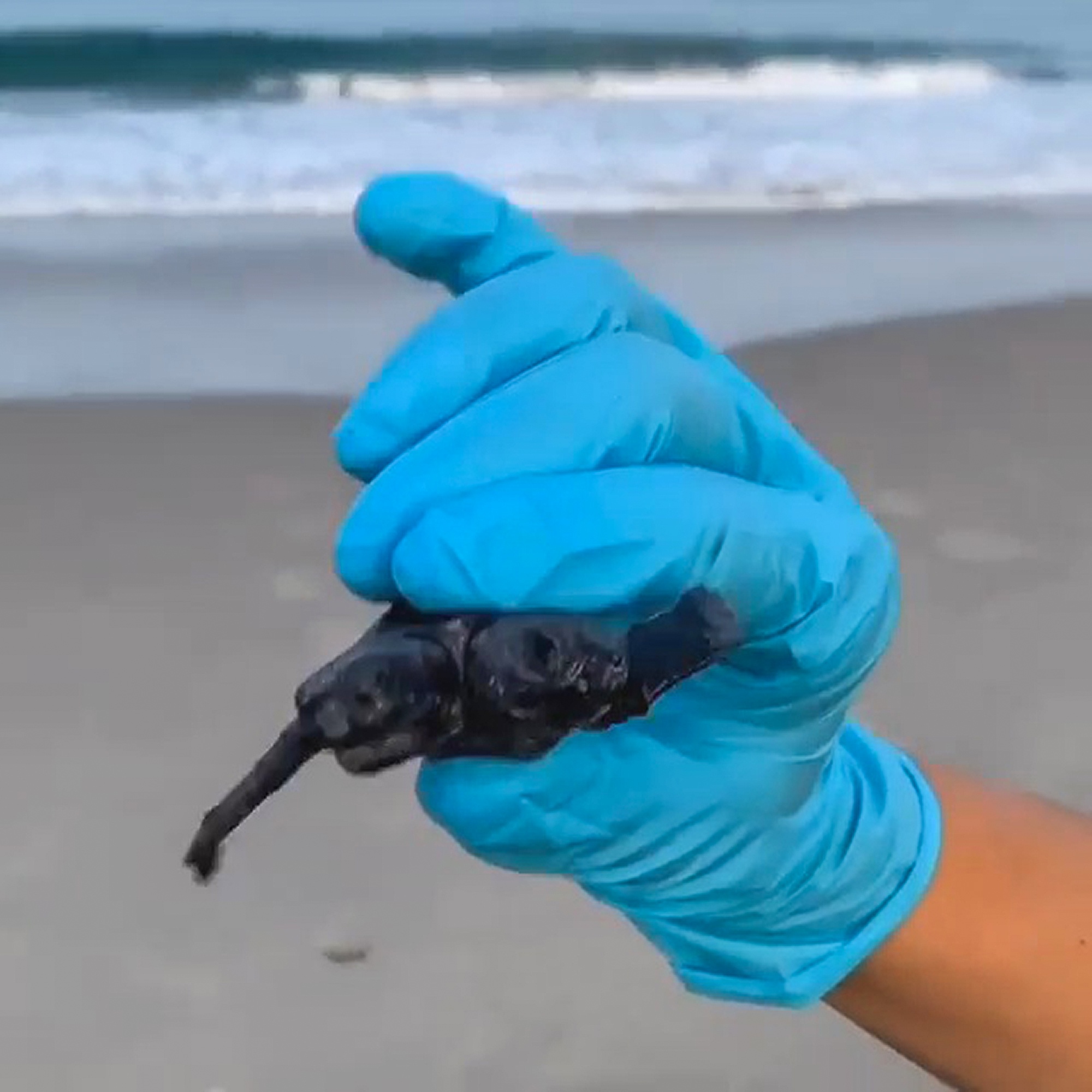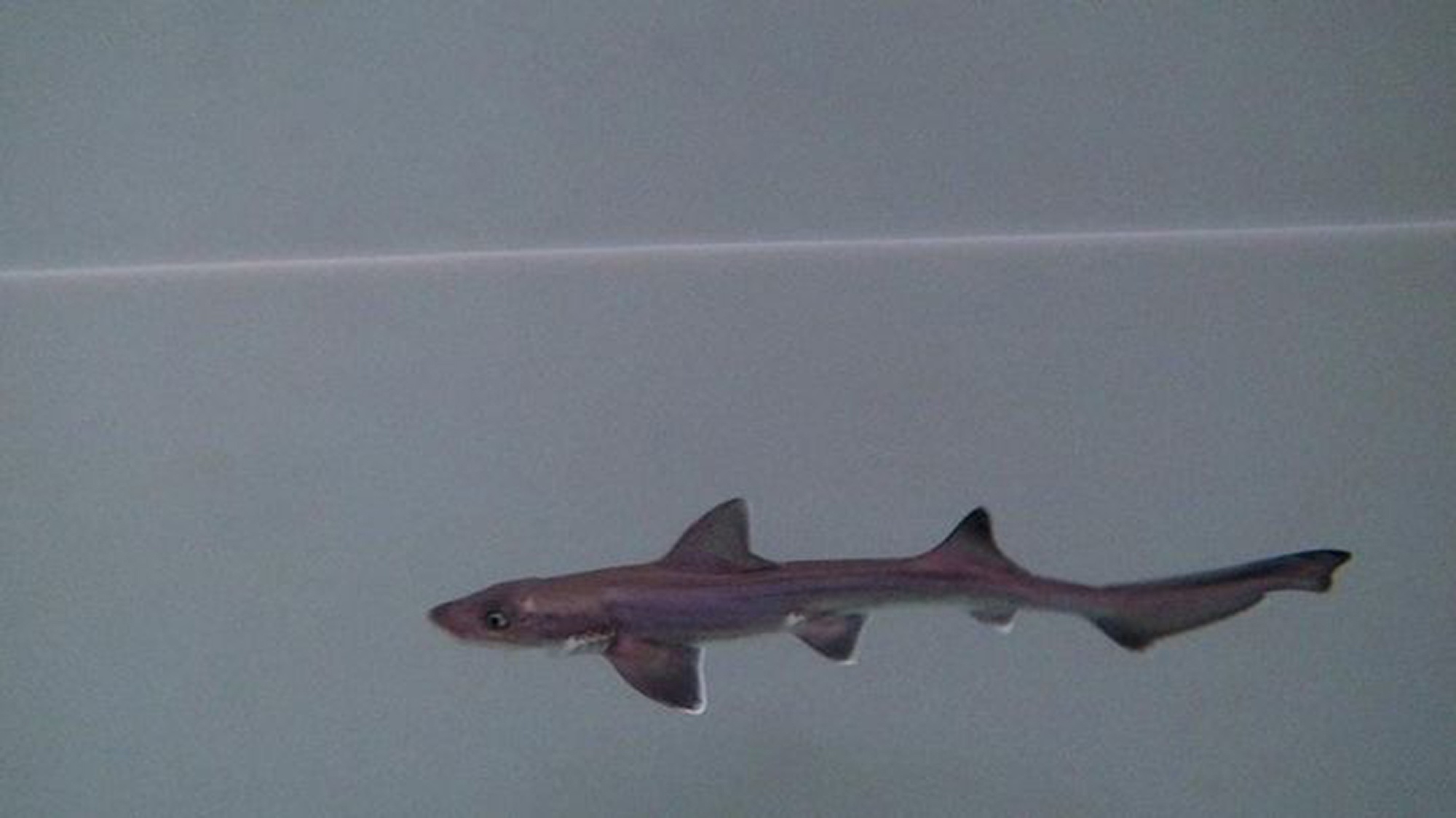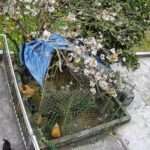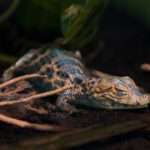Young women adopted as parents by rare wild Ibis to help them fly south for winter by following a microlight have started the training process with regular practice flights.
This year the process is even more complicated because the birds will have to fly even further as global warming has made the route even more challenging, and means they need to choose a different flight path.
The EU LIFE project to reintroduce the Bald Ibis in Europe aims to restore the population in its historical range.
The Bald Ibis was once widespread across Europe, but habitat loss, hunting, and other human activities led to its decline and eventual disappearance from many areas by the 17th century.
The reintroduction plan involves breeding Bald Ibises in captivity and releasing them into suitable habitats in Europe, notably in mountainous regions in Germany, Switzerland and Austria.
The birds are raised in specialized breeding centres and trained to follow the microlight aircraft to learn migration routes and establish new breeding colonies.
Locals in Baden-Württemberg in Germany, one of the colonies where the birds are based are now getting used to a yellow parachute that is frequently spotted in the sky, followed by loud calls for what this year are 35 of the rare birds now ready to learn the route.
To persuade them to follow, the Ibis chicks are imprinted on two human foster mothers and guided to their wintering grounds using ultralight aircraft where their foster mothers are also sitting.

This method teaches the ibises their migration route, enabling them to migrate between their wintering and summer habitats independently.
Unlike their predecessors, this year’s colony will not be heading to Tuscany but to Andalusia. The birds must travel nearly triple the distance.
Johannes Fritz, the leader of the Northern Bald Ibis project, told Newsflash the alteration was due to climate change: “Warmer temperatures in the fall delay the birds’ southern migration. When they reach the Alpine passes, suitable thermals are no longer available. Since Northern Bald Ibises rely on updrafts to cross the Alps, many birds fail to traverse the passes. A journey to Andalusia would circumvent this issue.”
He said the hope of the researchers is that these birds will return to the northern Alpine foothills for breeding.
The inspiration for this destination came from a male Northern Bald Ibis raised at Tiergarten Schoenbrunn, which landed over 2,000 kilometres away in Spain while en route to Italy. By the end of 2024, a feasibility study will further explore the suitability of this area.
Johannes added that the countdown to this journey has begun and is set to get in the air in around two weeks.
Until then, rigorous training continues to ensure the young ibises reliably follow their foster mothers on the extensive journey.

Northern Bald Ibis foster mother Helena Wehner said: “Since their earliest weeks, we have been feeding and imprinting the birds on ourselves. During flights, we take turns as co-pilots in the aircraft, encouraging the ibises to follow us with calls.”
Apart from the foster mothers, no other individuals are allowed contact with the birds to prevent them from developing a general affinity for humans. The aim is for these birds to later thrive in the wild and contribute to avian offspring. Since 2004, 277 Northern Bald Ibises have been reintroduced through human-guided migrations.










